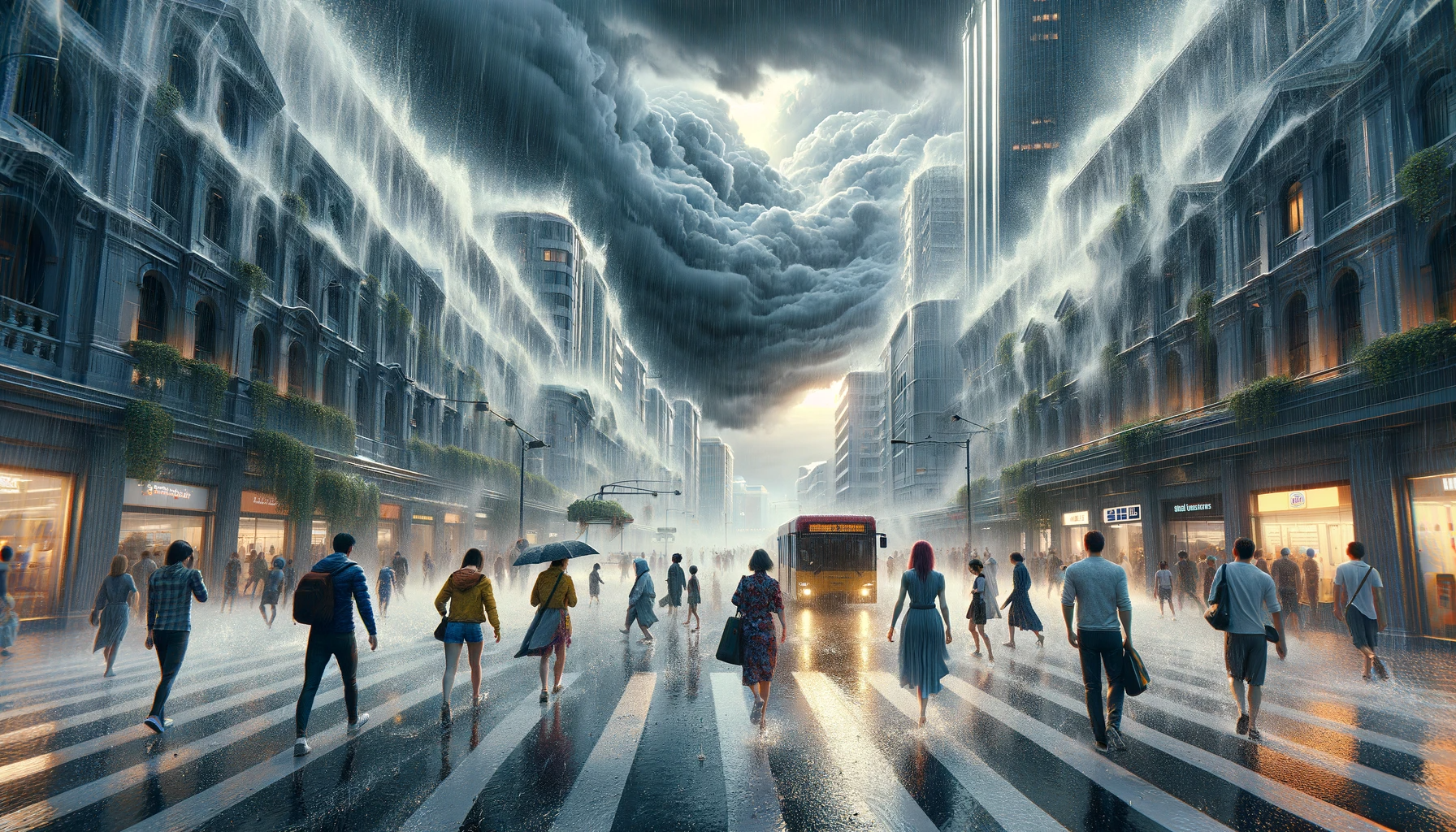The Enchantment of Dreams
Dreams have long captivated artists and writers. They serve as a rich source of inspiration, unveiling the subconscious mind and human experience’s uncharted depths. This exploration delves into how dreams shape artistic and literary works, revealing some history’s most iconic creations.
Dreams and Art: A Creative Canvas
Artists often turn to dreams for their emotional impact and extraordinary imagery. The surrealists, like Salvador Dali, revolutionized art with dream-inspired elements. Dali’s “The Persistence of Memory” and Frida Kahlo’s “The Two Fridas” exemplify this, merging reality with fantasy.
Literature’s Dreamscapes: A Narrative Journey
Authors use dreams to explore deep themes. Shakespeare’s “A Midsummer Night’s Dream” blends love and magic in a dream world. Lewis Carroll’s “Alice in Wonderland” takes readers on a fantastical journey, showcasing the absurd and wonderful.
Psychology and Dreams: A Deeper Understanding
Dream analysis, particularly in psychology, influences artists and writers. Sigmund Freud’s theories suggest dreams reveal our unconscious thoughts. This perspective has enriched visual and written forms, allowing deeper explorations of human emotions.
Cultural and Historical Perspectives on Dreams
Different cultures interpret dreams uniquely, impacting their art and literature. Indigenous Australian ‘Dreamtime’ stories, depicted in intricate paintings, are a prime example. Ancient literature often viewed dreams as prophetic, influencing stories across cultures.
The Unending Inspiration of Dreams
Dreams in art and literature bridge the gap to our inner selves. They challenge perceptions, inspire creativity, and let us explore consciousness. As humans continue to dream, art and literature will remain enriched by these nocturnal visions.








